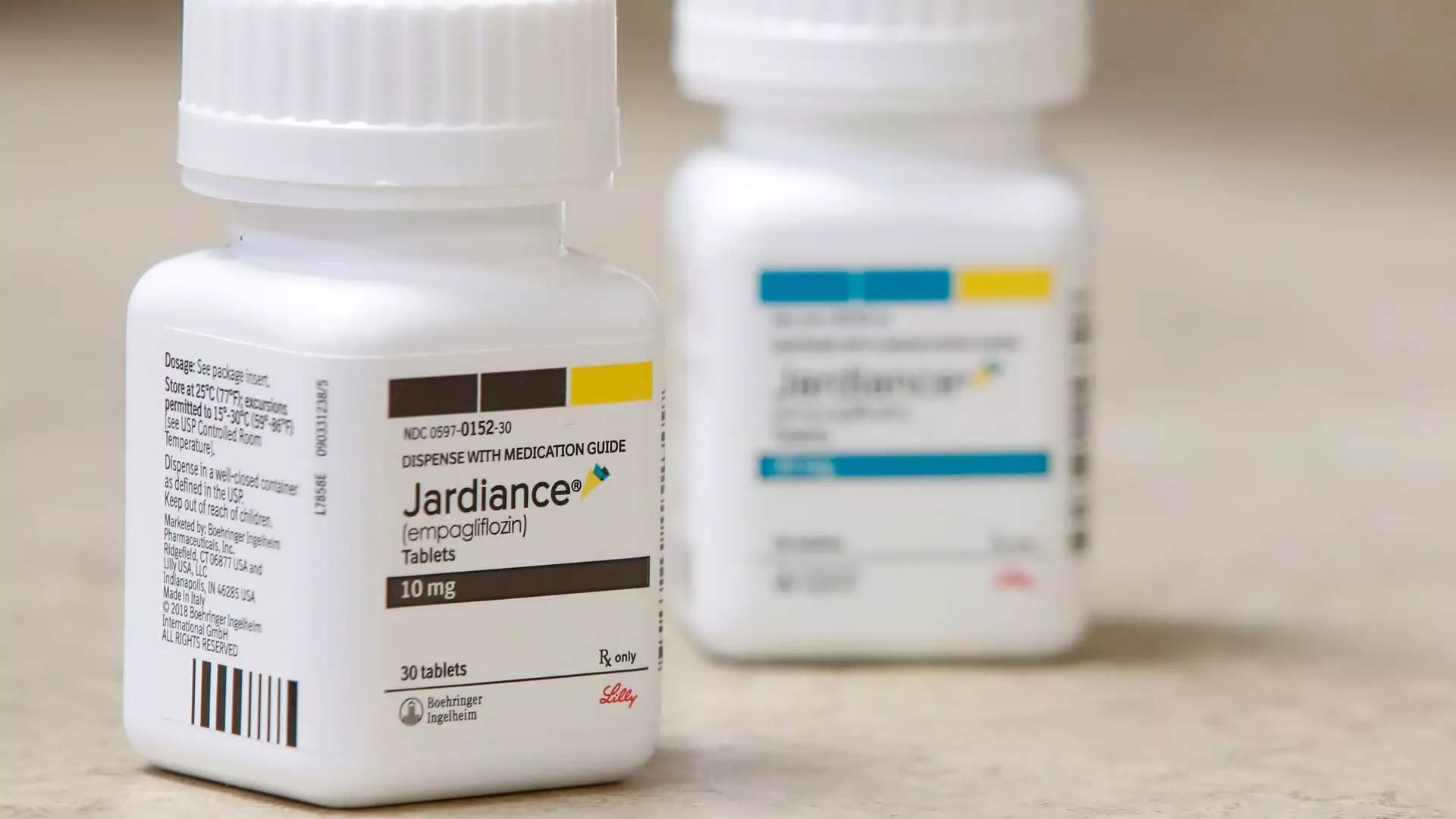The Biden administration has released a much-anticipated list of 10 drugs that will be subject to price negotiations between manufacturers and Medicare. This move aims to address the issue of high drug costs for older adults in the United States who rely on Medicare Part D for their prescription medications. Among these 10 drugs, there are two blood thinners and a diabetes medication that are the most widely used by Medicare beneficiaries.
According to the Centers for Medicare and Medicaid Services (CMS), the blood thinner Eliquis, developed by Bristol-Myers Squibb and Pfizer, emerged as the most widely used drug among Medicare enrollees. During the period from June 1, 2022, to May 31, 2023, approximately 3.7 million Medicare beneficiaries utilized Eliquis. This medication is commonly prescribed to prevent blood clotting and reduce the risk of stroke.
The second most utilized drug on the list is Jardiance, produced by Boehringer Ingelheim. Jardiance is used to lower blood sugar levels in individuals with Type 2 diabetes. Around 1.6 million Medicare beneficiaries opted for Jardiance during the same time period. Johnson & Johnson’s blood thinner, Xarelto, ranks third, with approximately 1.3 million beneficiaries using it.
The spending for Eliquis, Jardiance, and Xarelto accounted for a significant portion of Medicare Part D costs. CMS reported that Medicare Part D spent $16.5 billion on Eliquis, roughly $7 billion on Jardiance, and $6 billion on Xarelto between June 2022 and May 2023. In total, these three drugs contributed to $50.5 billion, amounting to approximately 20% of the total Part D prescription drug costs during that period.
Currently, more than 50.5 million patients are enrolled in Part D plans, with over 8.2 million individuals utilizing one or more of the medications listed. The significant number of beneficiaries relying on these drugs highlights the importance of finding cost-effective solutions.
Price Negotiations and Timeline
To address the issue of high drug costs, manufacturers must enter into agreements to join the negotiations by October 1. In February 2024, CMS will present an initial price offer to the manufacturers, who will then have a month to accept or propose a counteroffer. The negotiations are set to conclude in August 2024 when agreed-upon prices will be published on September 1, 2024. However, the reduced prices will not take effect until January 2026.
The release of the list of 10 drugs subject to price negotiations marks a significant step towards reducing drug costs for Medicare beneficiaries. As the most widely used drugs among Medicare enrollees, Eliquis, Jardiance, and Xarelto have a significant financial impact on Medicare Part D. By negotiating lower prices for these medications, the Biden administration aims to alleviate the financial burden faced by older adults and improve access to essential treatments. The outcome of these negotiations will have far-reaching effects on the affordability and availability of these drugs for millions of Medicare beneficiaries.


Leave a Reply